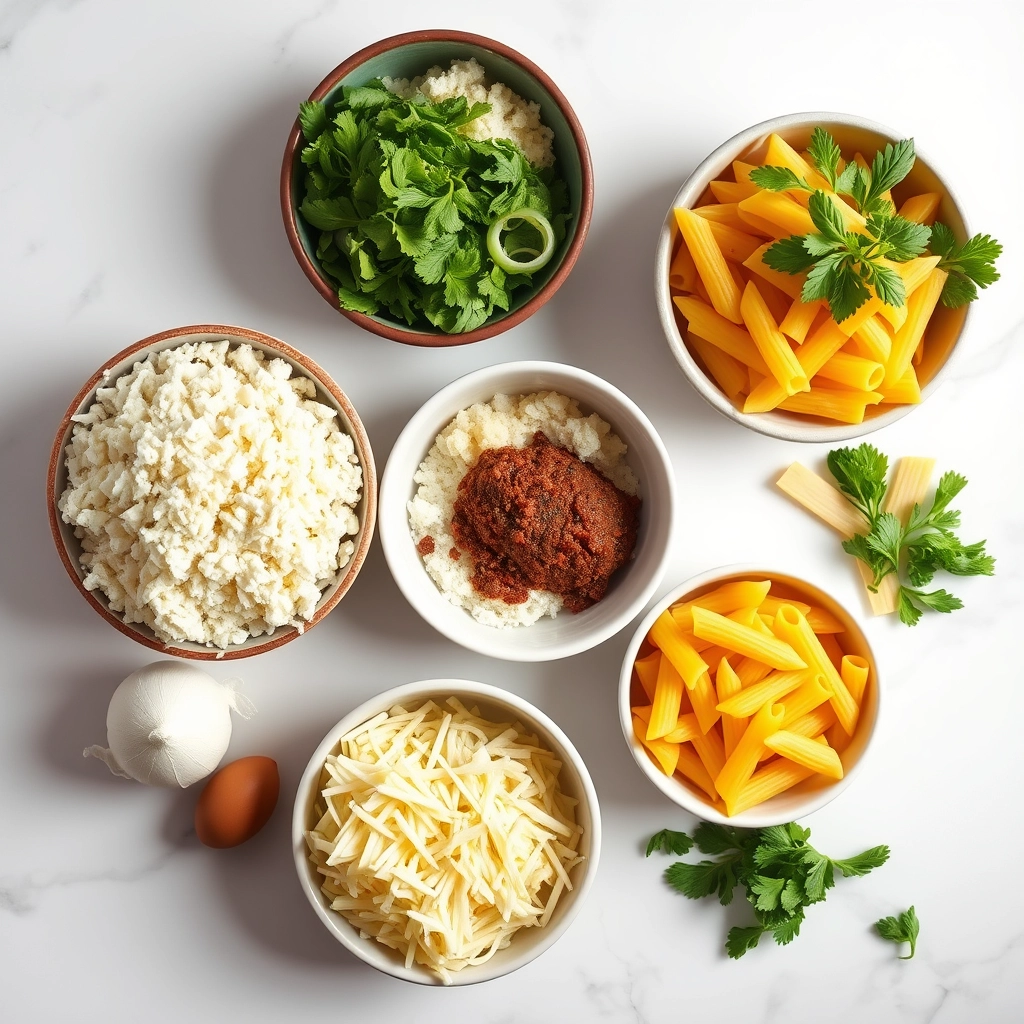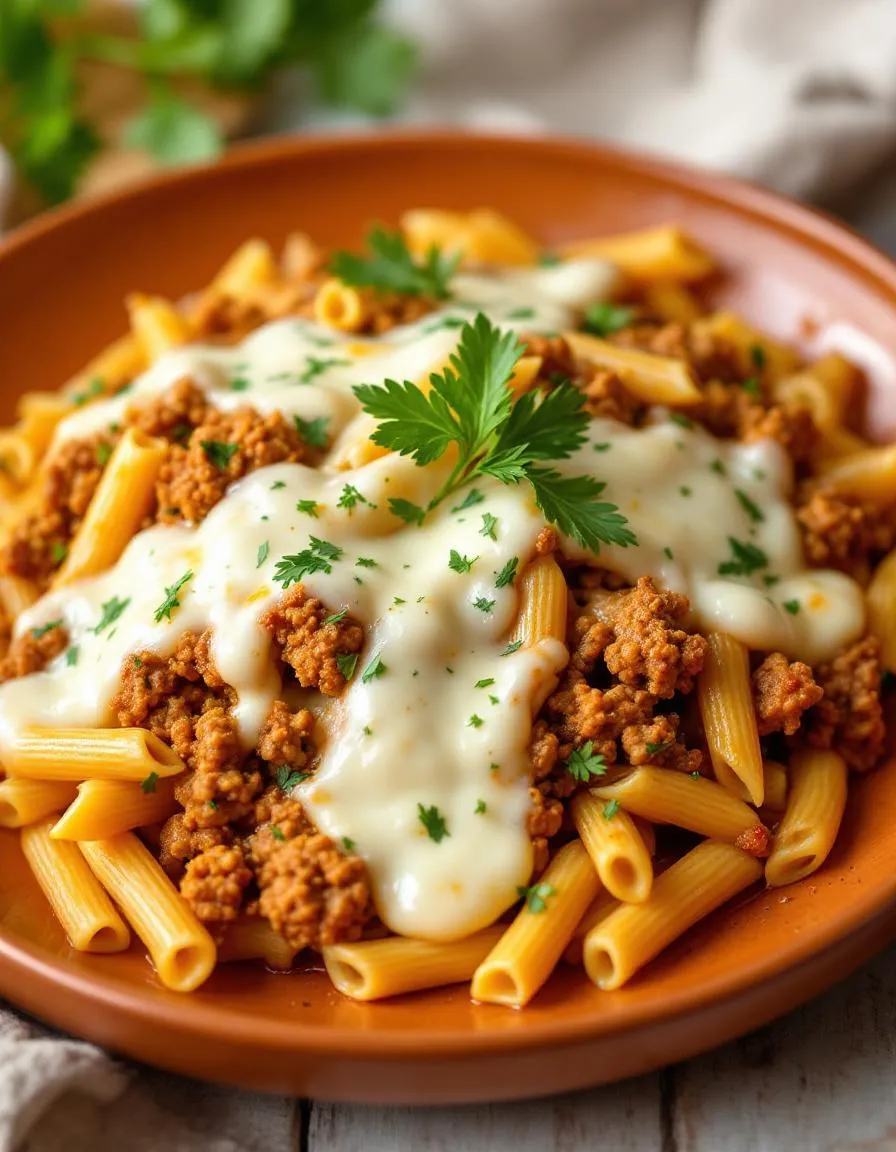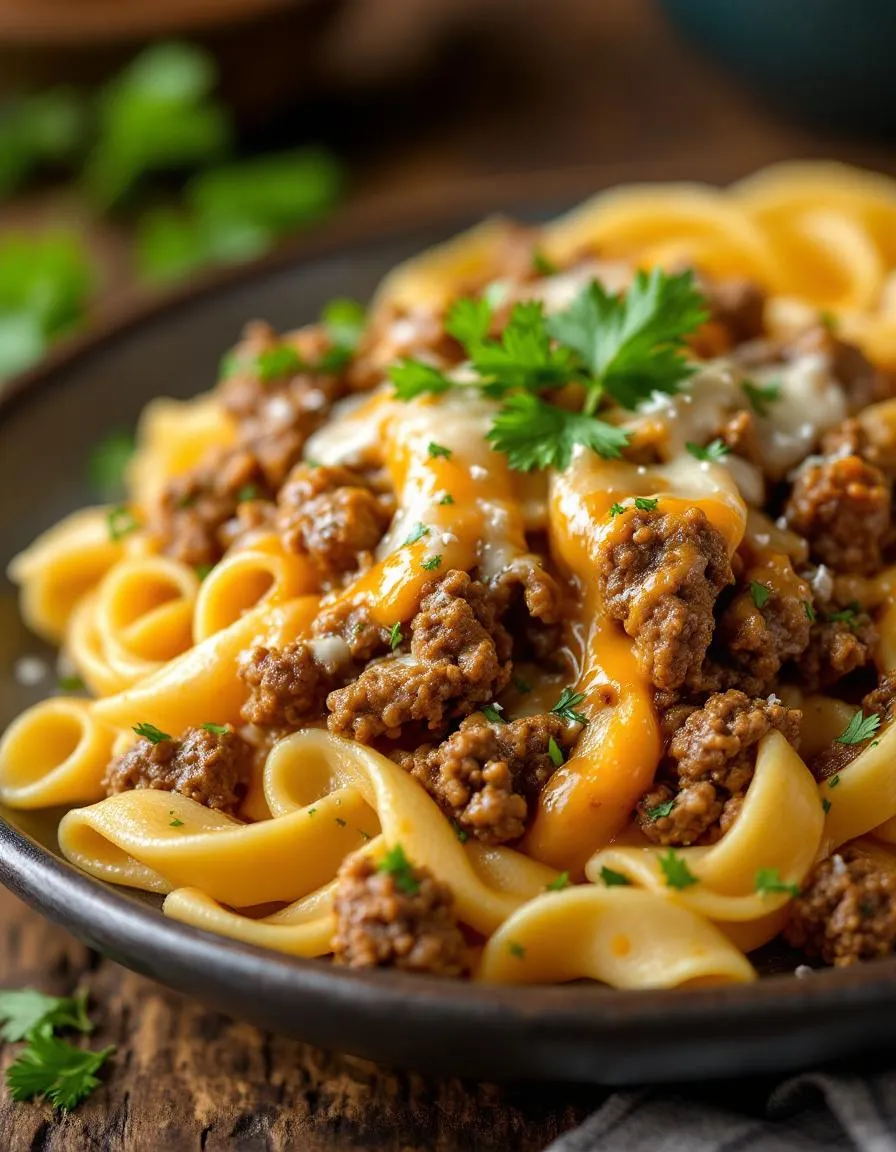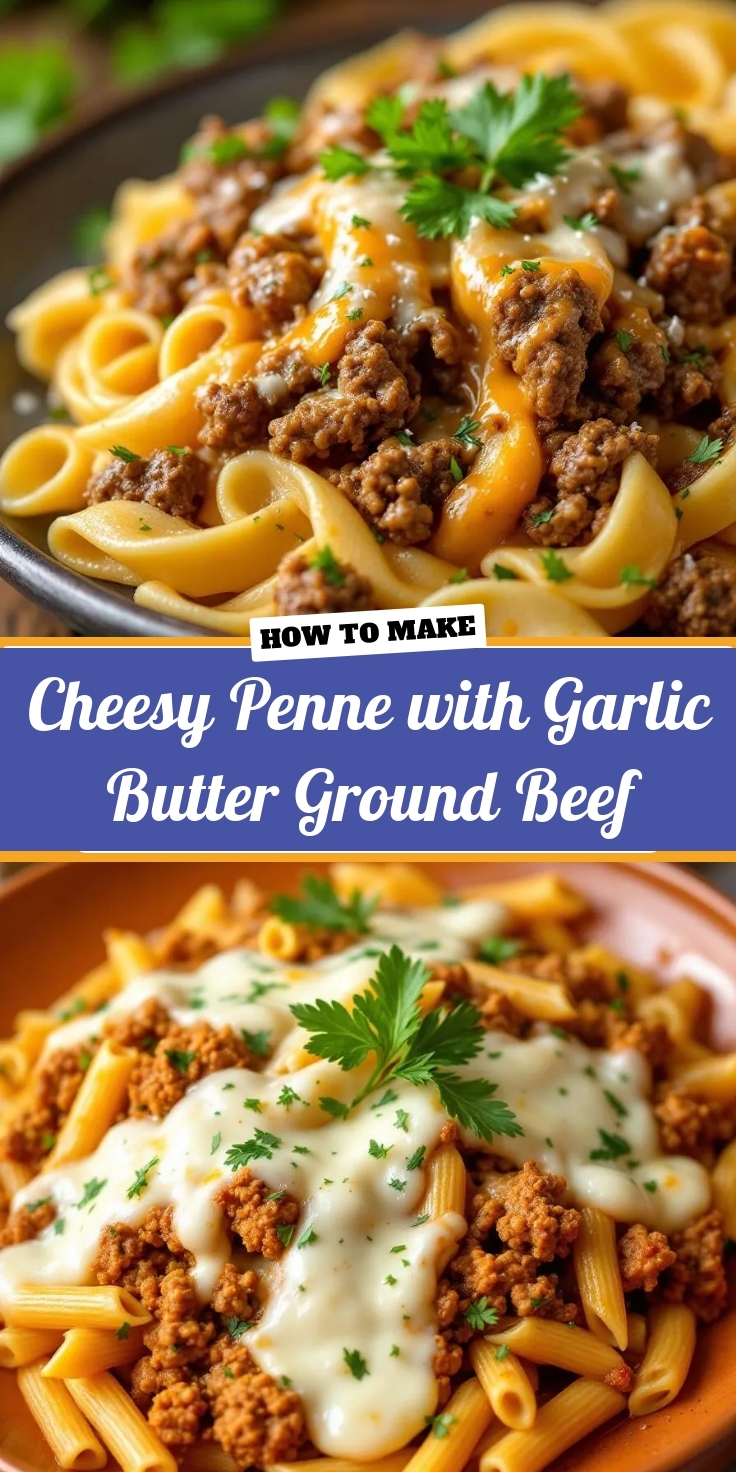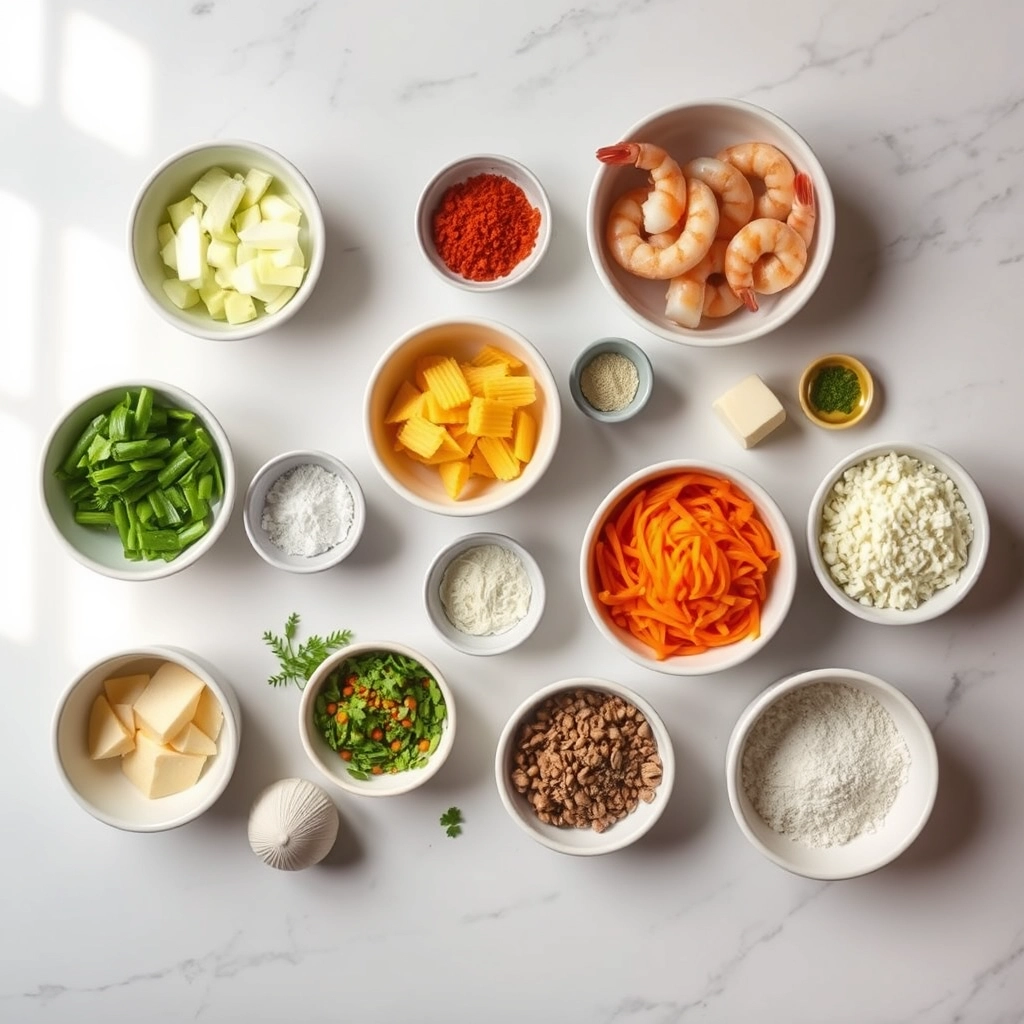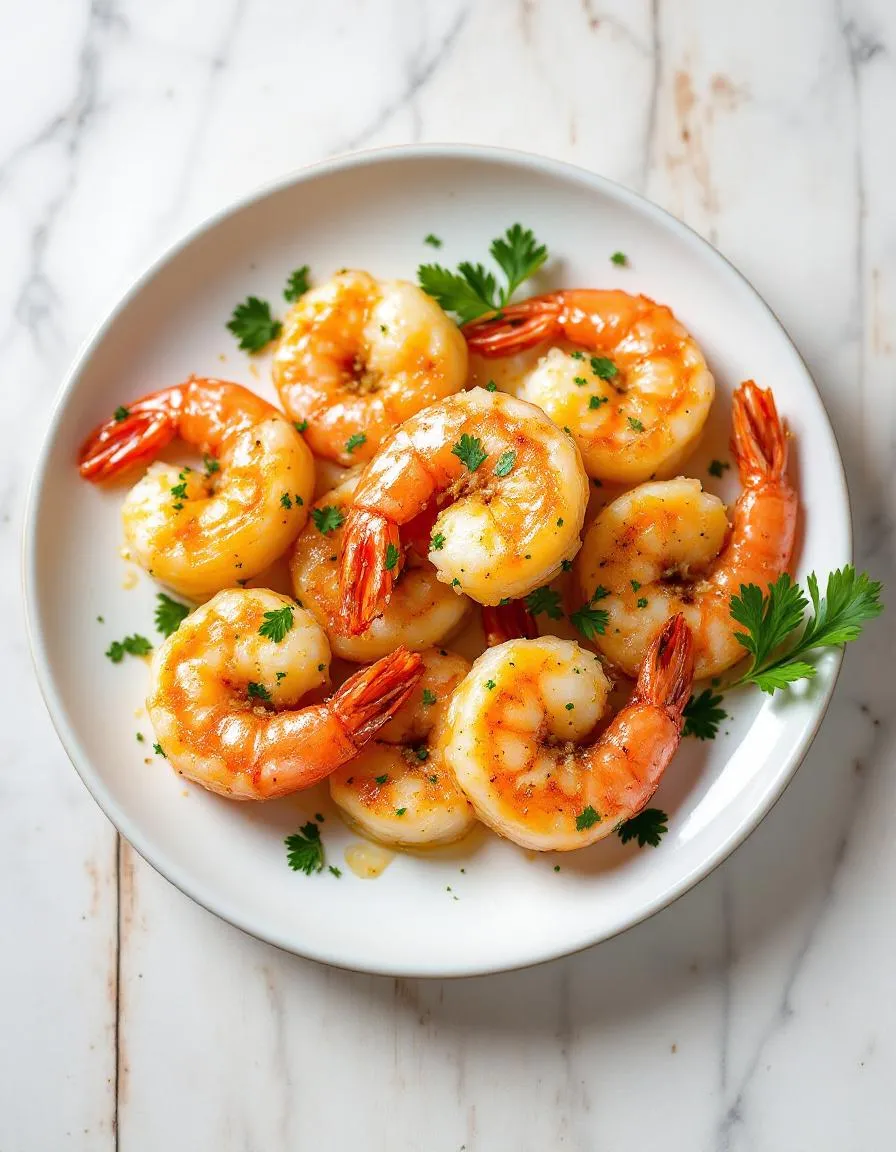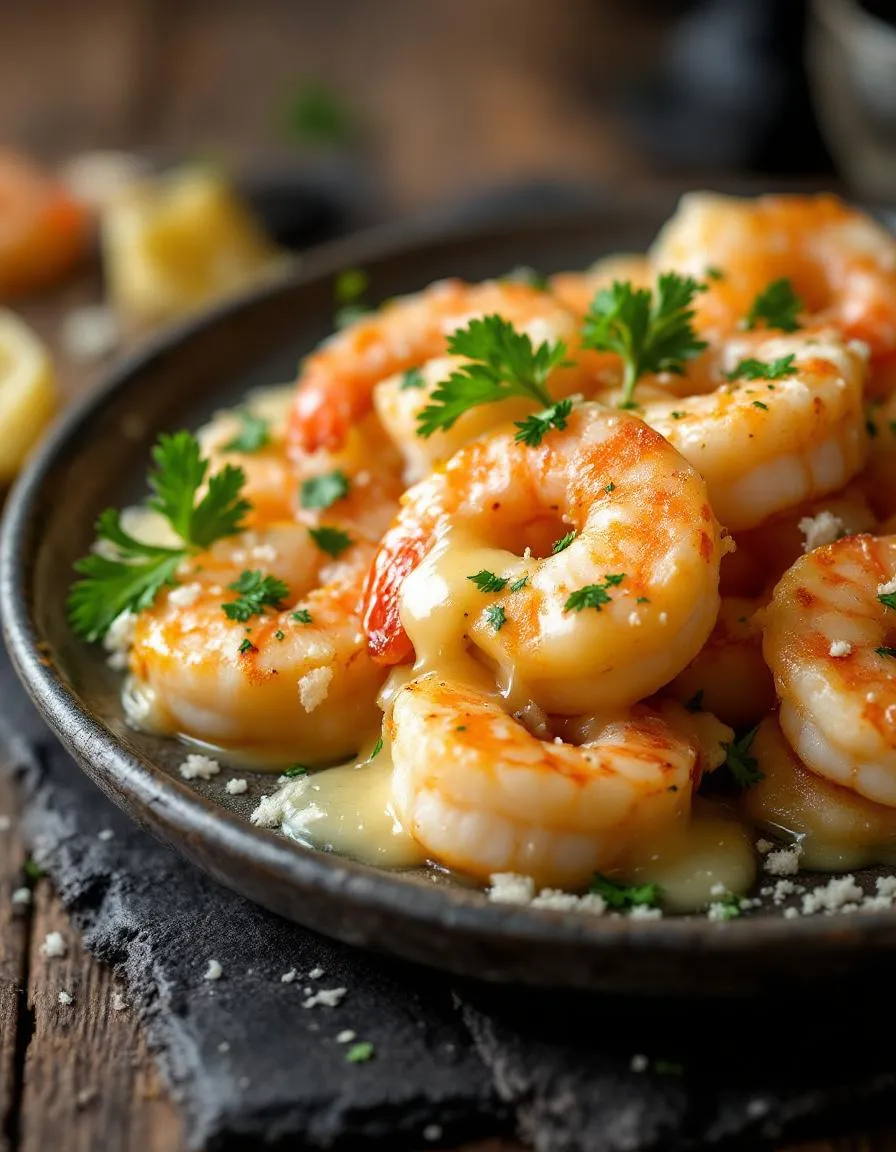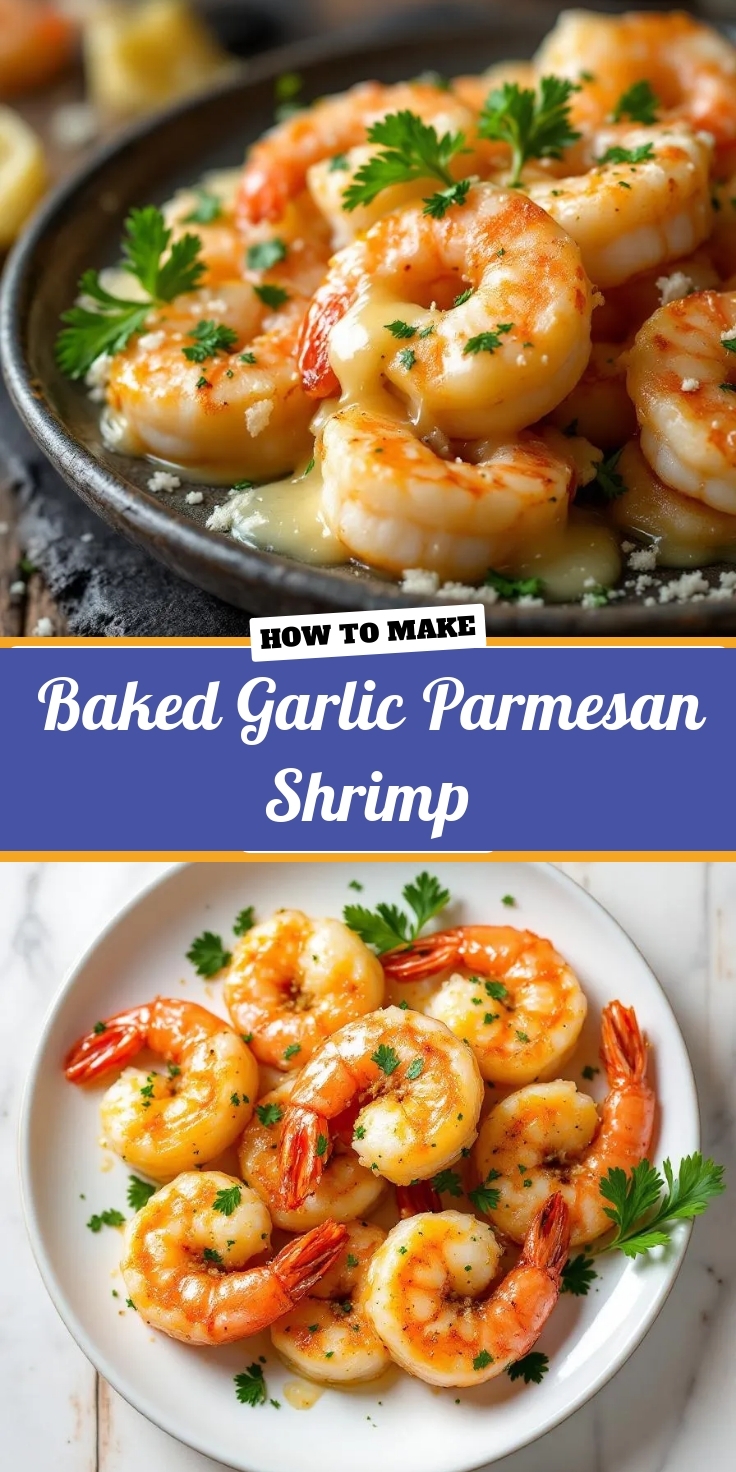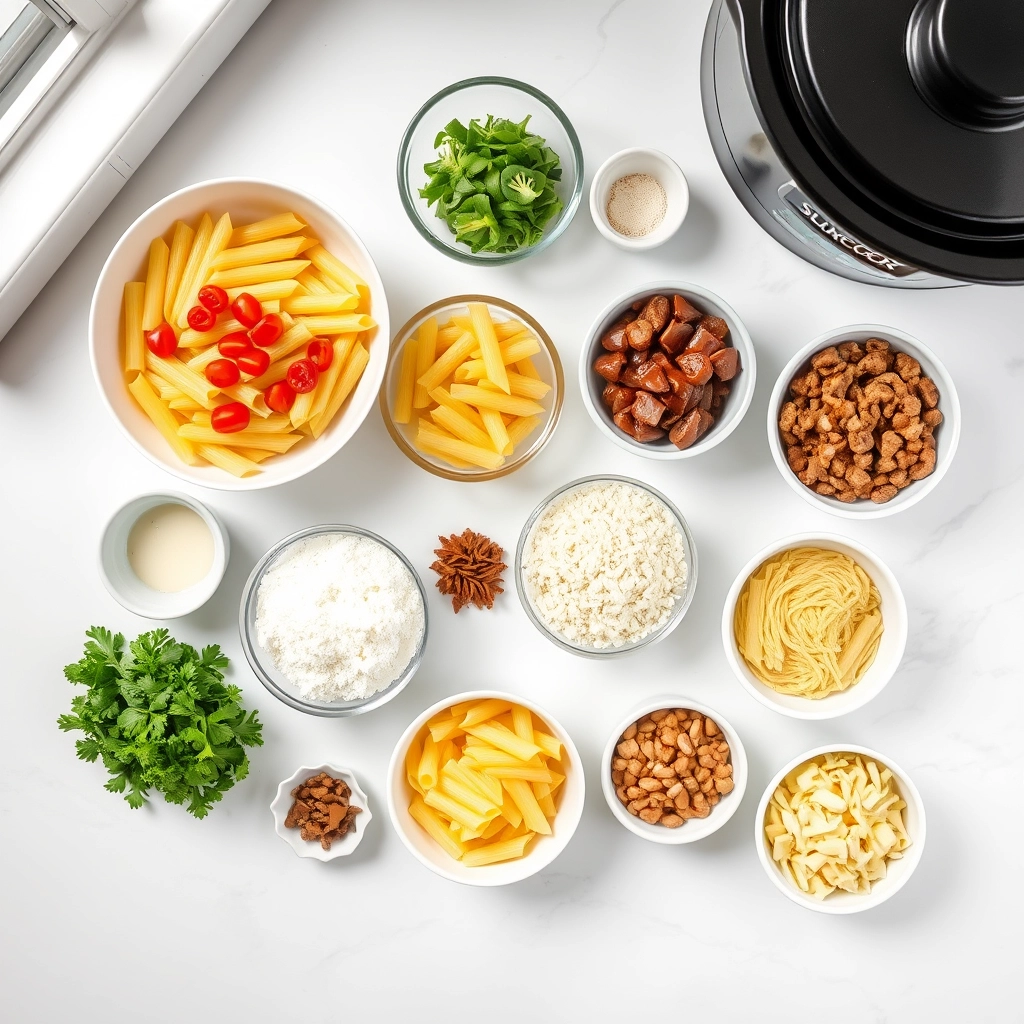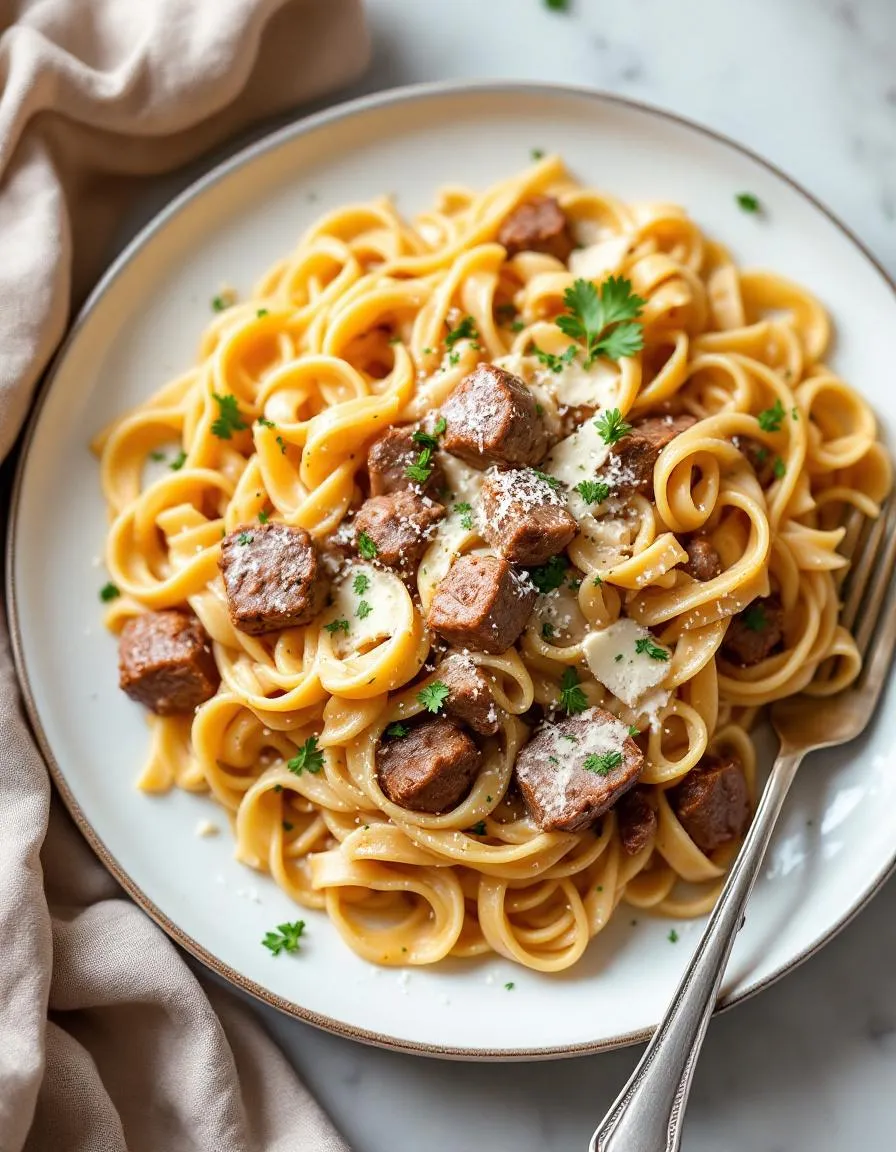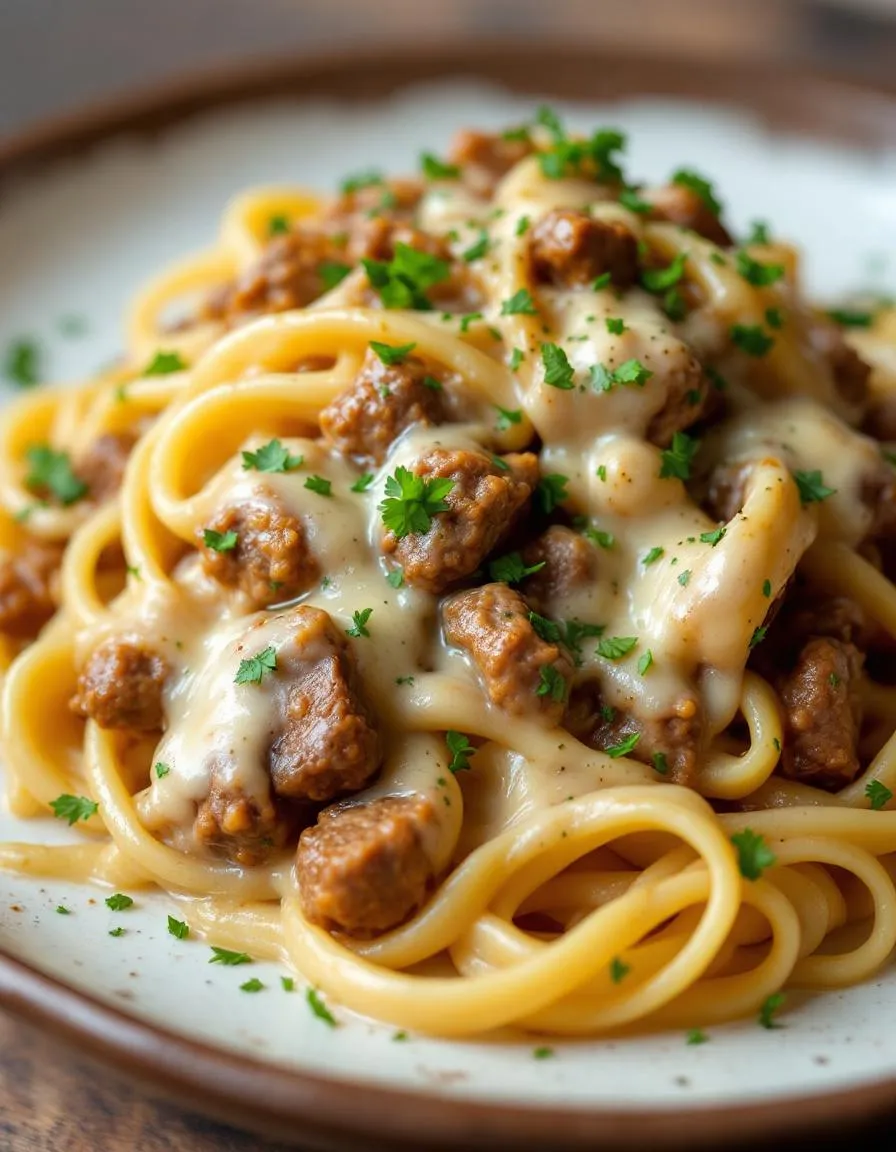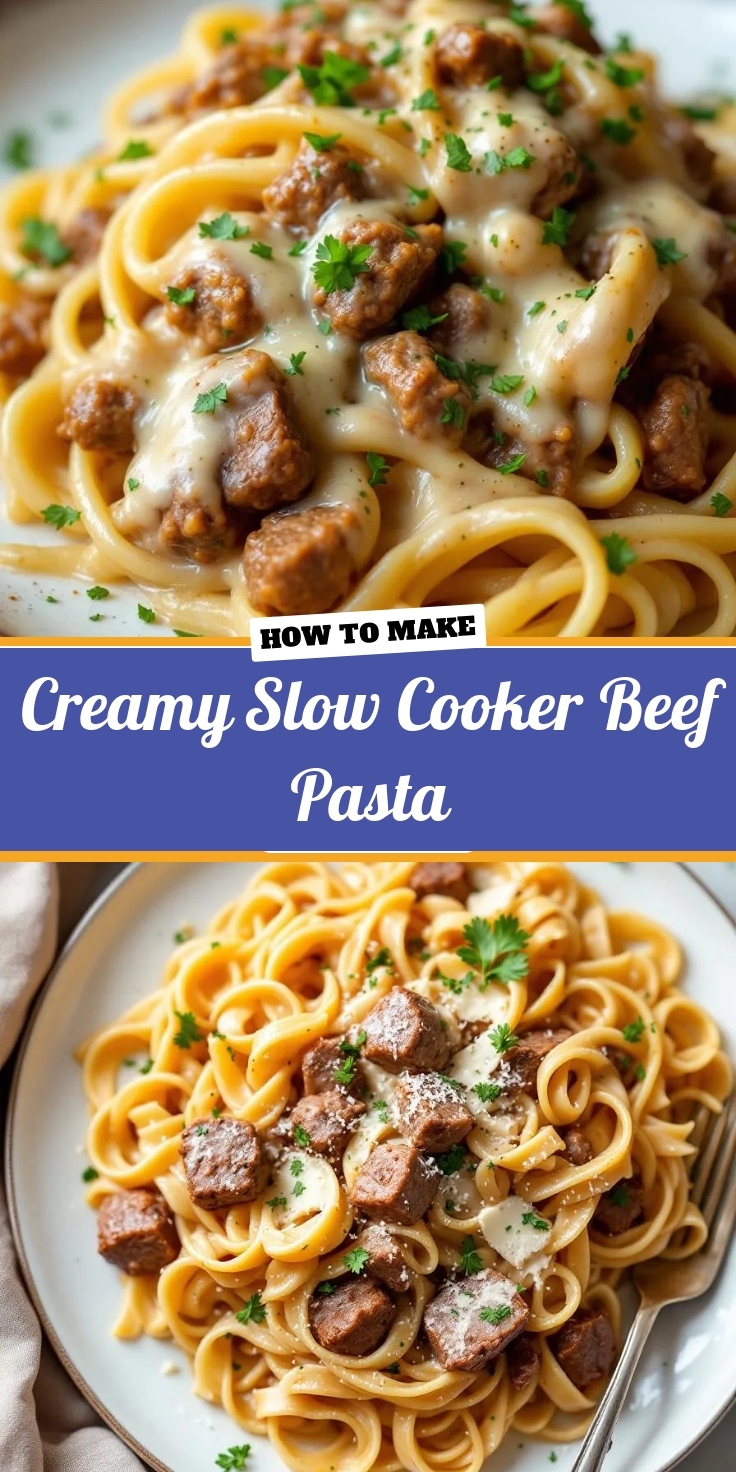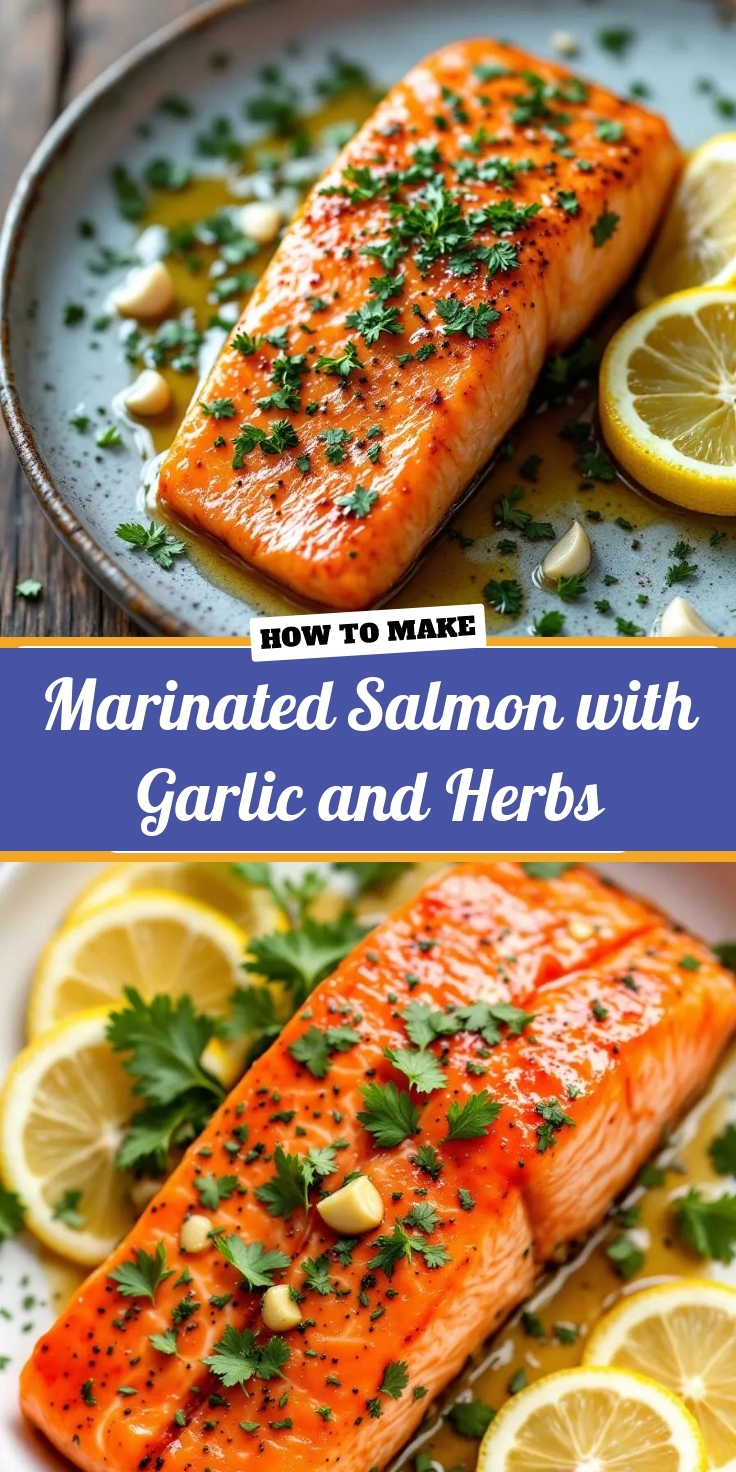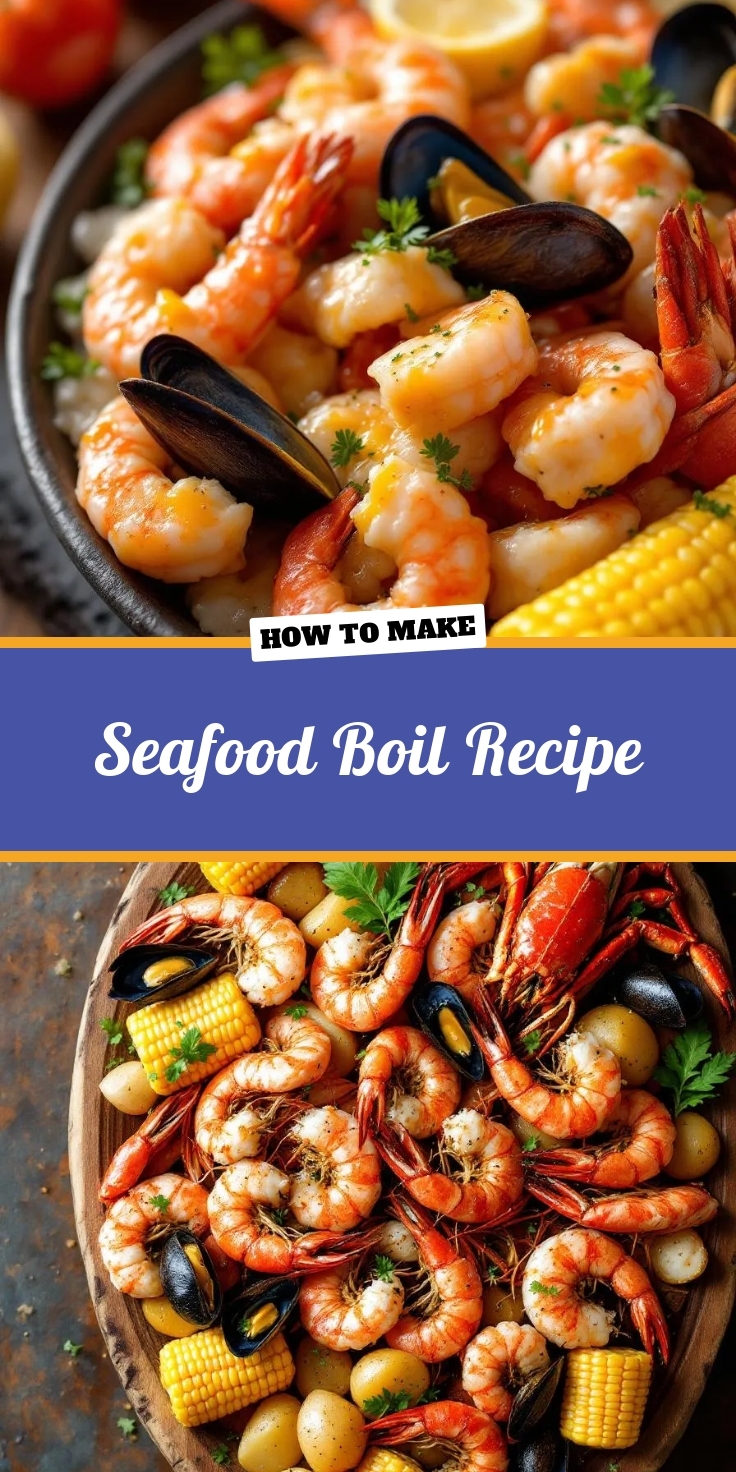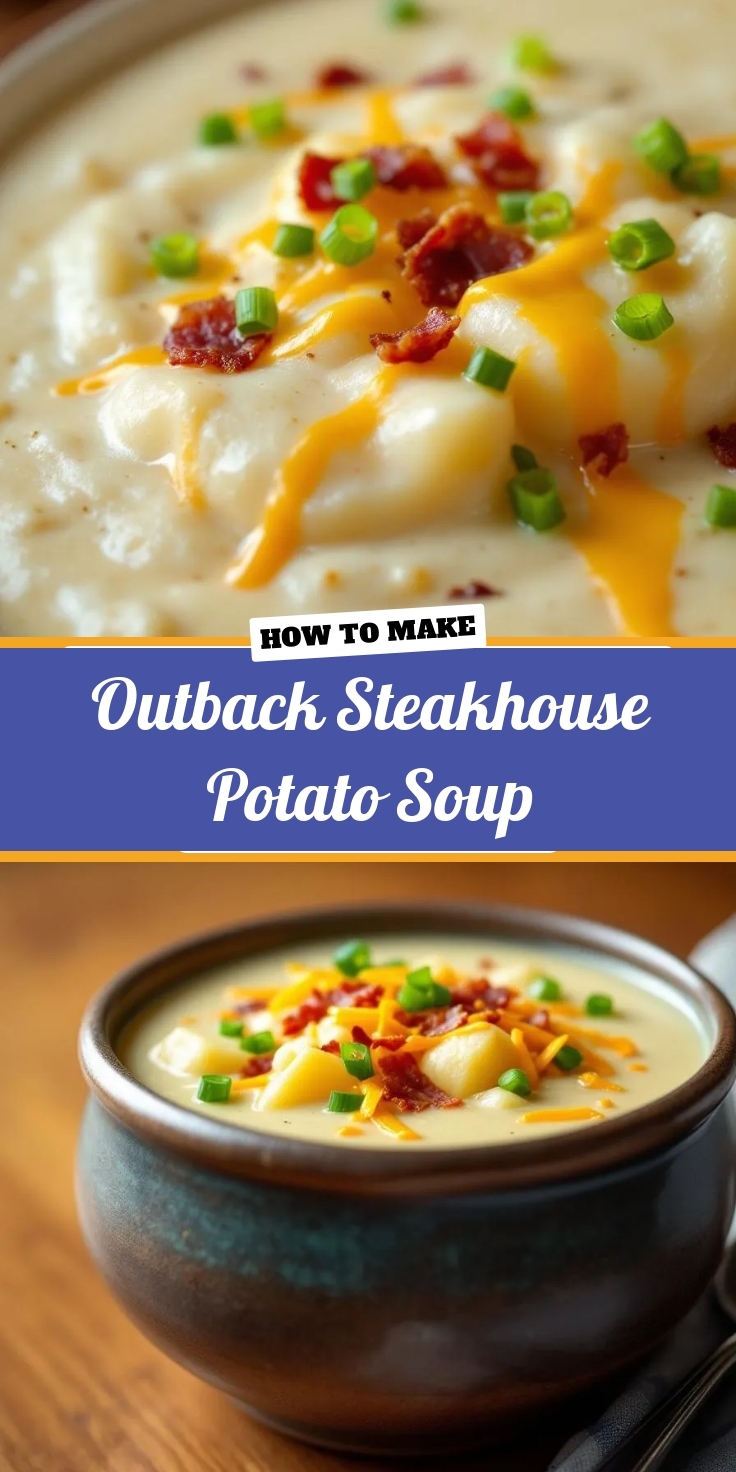Introduction
Hi there! I’m Emily, the heart and soul behind brekcakes.com. From my earliest memories, the kitchen has always been a place of warmth and creativity. It’s where I discovered the magic of turning simple ingredients into extraordinary meals and learned that the best dishes are often made with love as the main ingredient.
There’s something undeniably comforting about a bowl of pasta, especially when it packs a flavorful punch. That’s why I’m thrilled to share my Spicy Italian Sausage Pasta with you today. Whether you’re craving a weeknight dinner that feels indulgent or need a crowd-pleasing dish for gatherings, this recipe delivers. Plus, the bold spices and rich textures will transport you straight to an Italian trattoria—no passport required.
Spicy Italian Sausage Pasta combines hearty sausage, al dente pasta, and a vibrant tomato sauce for a meal that’s as satisfying as it is easy to make. The dish balances heat from the sausage with the sweetness of roasted peppers and the depth of garlic, creating layers of flavor in every bite. Perfect for busy cooks, it comes together in under 30 minutes yet tastes like you spent hours in the kitchen. On brekcakes.com, we celebrate approachable recipes with big flavors, and this one fits right in. If you love bold, rustic dishes, you’ll also adore our Creamy Tuscan Chicken or Garlic Butter Shrimp Scampi.
Why I Love This Recipe
Spicy Italian Sausage Pasta holds a special place in my heart because it reminds me of family dinners where laughter filled the air and seconds were always mandatory. My grandmother used to make a similar version, and now every time I prepare it, I feel that same joy. The recipe is flexible too—swap the protein, adjust the spice level, or toss in extra veggies. No matter how you customize it, the result always feels like a hug in a bowl.
Health and Nutrition
Why it’s good for your body
Spicy Italian Sausage Pasta packs a flavorful punch while delivering key nutrients. First, the Italian sausage provides high-quality protein, which helps build and repair muscles. Additionally, the tomatoes in the sauce offer lycopene, a powerful antioxidant that supports heart health. Meanwhile, the pasta supplies slow-digesting carbohydrates to keep your energy steady.
Because this dish includes a mix of protein, fiber, and healthy fats, it keeps you full longer. The spices, like garlic and red pepper flakes, may even boost metabolism and reduce inflammation. Furthermore, you can easily add vegetables like spinach or bell peppers for extra vitamins and minerals. Spicy Italian Sausage Pasta balances indulgence with nourishment, making it a satisfying yet wholesome meal.
Finally, the dish’s rich flavors mean you won’t feel deprived while eating well. Whether you need a post-workout refuel or a cozy dinner, Spicy Italian Sausage Pasta delivers both taste and nutrition. With simple tweaks, you can tailor it to meet your dietary needs without sacrificing satisfaction.
How it fits in a healthy lifestyle
Spicy Italian Sausage Pasta fits seamlessly into a balanced diet when enjoyed mindfully. For a protein-packed version, opt for whole-grain or legume-based pasta, which pairs perfectly with the savory sausage. If you’re watching sodium, choose lower-sodium sausage or balance it with fresh herbs and veggies.
This dish also works well for meal prep, saving time without compromising nutrition. Pair it with a light salad or roasted vegetables for a well-rounded plate. For more heart-healthy meal ideas, check out our guide to balanced dinners. And if you’re exploring gluten-free options, our gluten-free pasta tips can help you customize this recipe. Spicy Italian Sausage Pasta proves that delicious food can also support your wellness goals.
PrintSpicy Italian Sausage Pasta
Description
A flavorful and hearty pasta dish with spicy Italian sausage, tomatoes, and herbs.
Ingredients
For the Crust:
- 8 oz penne pasta
- 1 lb spicy Italian sausage, casings removed
- 1 small onion, diced
- 3 cloves garlic, minced
- 1 can (14.5 oz) diced tomatoes
- 1/2 cup heavy cream
- 1 tsp dried basil
- 1 tsp dried oregano
- 1/2 tsp red pepper flakes
- 1/2 cup grated Parmesan cheese
- 2 tbsp olive oil
- Salt and pepper to taste
Instructions
1. Prepare the Crust:
- Cook pasta according to package instructions. Drain and set aside.
- Heat olive oil in a large skillet over medium heat. Add sausage and cook until browned, breaking it into small pieces.
- Add onion and garlic to the skillet. Cook until softened, about 3 minutes.
- Stir in diced tomatoes, basil, oregano, and red pepper flakes. Simmer for 5 minutes.
- Reduce heat to low and stir in heavy cream. Simmer for another 2 minutes.
- Add cooked pasta to the skillet and toss to coat with the sauce.
- Sprinkle with Parmesan cheese before serving.
Notes
You can customize the seasonings to taste.
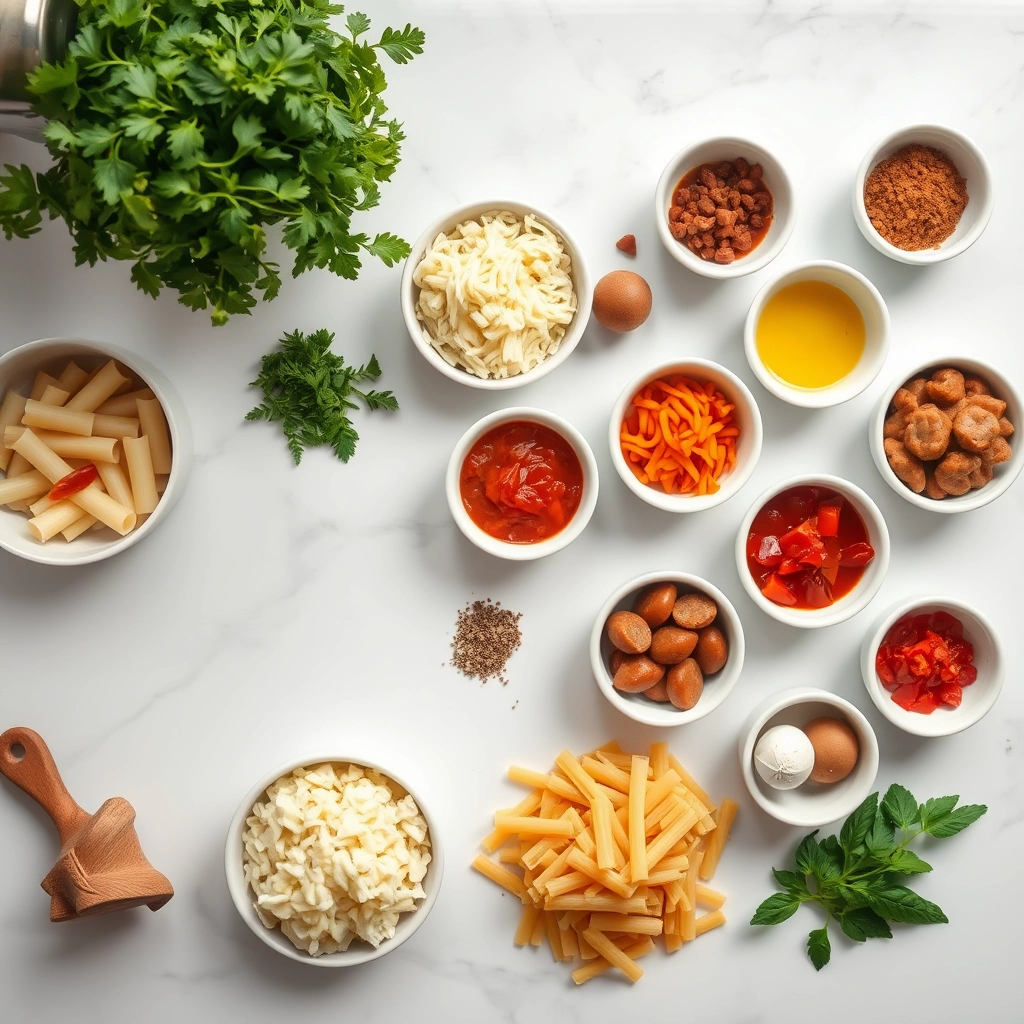
How to Prepare This Dish
Steps and time-saving tips
Start by heating a large skillet over medium heat and browning the Spicy Italian Sausage Pasta meat until it’s fully cooked, breaking it into crumbles with a wooden spoon. Meanwhile, bring a pot of salted water to a boil and cook your pasta until al dente—this saves time since both components cook simultaneously. Drain the pasta but reserve a cup of the starchy water for later. Next, sauté minced garlic and red pepper flakes in the same skillet with the sausage for an extra kick, then stir in diced tomatoes and tomato paste to build a rich sauce. Toss the cooked pasta into the skillet, adding a splash of the reserved water to help the sauce cling to every strand. Finally, fold in fresh basil and a generous sprinkle of Parmesan cheese for a finishing touch. If you’re short on time, use pre-crumbled sausage or jarred minced garlic to speed things up without sacrificing flavor.
Mistakes I’ve made and learned from
Early on, I made the mistake of overcooking the pasta, leaving it mushy by the time I mixed it with the sauce. Now, I set a timer for one minute less than the package instructions and taste-test for the perfect bite. Another blunder? Skipping the reserved pasta water—my sauce turned out too thick and didn’t coat the noodles evenly. A pro tip: if your Spicy Italian Sausage Pasta feels dry, check out my guide on how to rescue dry pasta dishes with simple tweaks. And if you’re unsure about balancing spices, my breakdown of Italian spice blends helps nail the flavor every time. Trust me, these small fixes make all the difference.
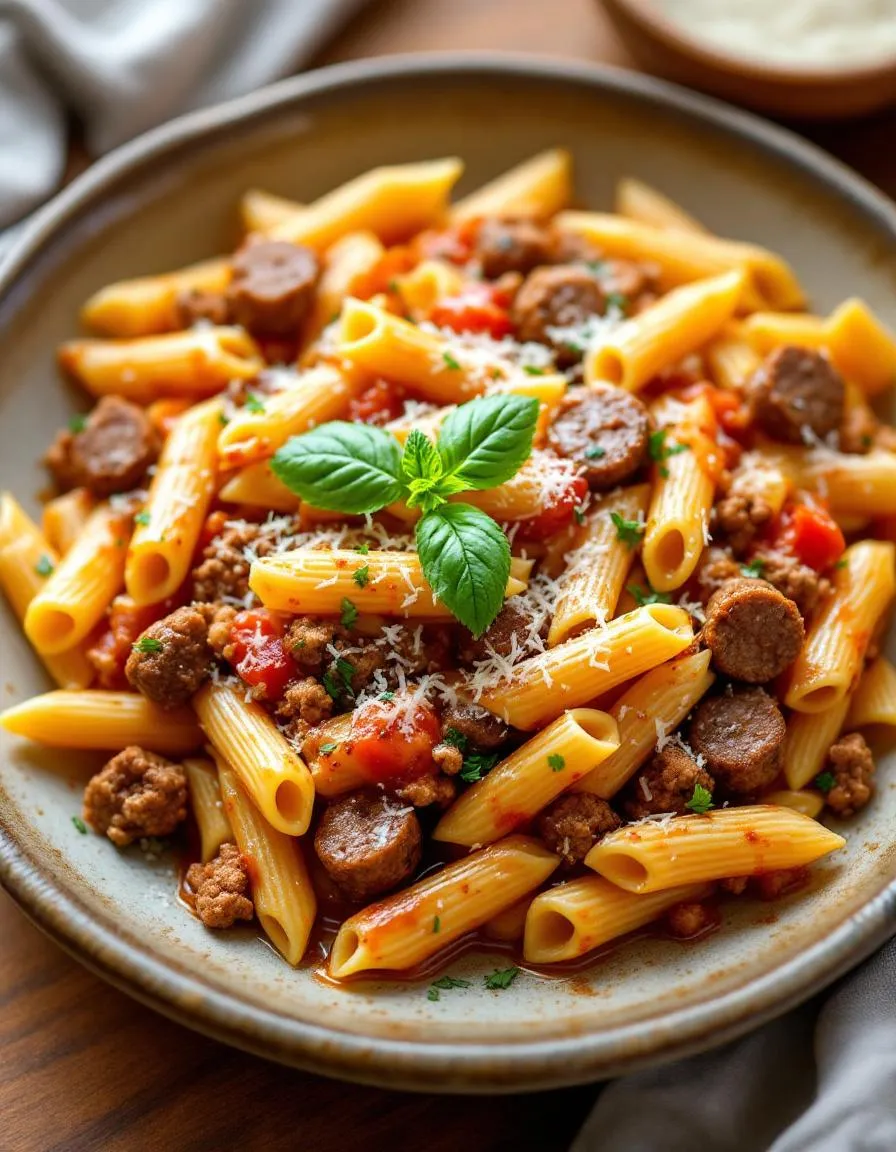
Cultural Connection and Variations
Where this recipe comes from
Spicy Italian Sausage Pasta carries the bold flavors of Southern Italy, where spicy sausages like ‘nduja and salsiccia piccante star in hearty dishes. Families in Calabria and Sicily often simmer the sausage with tomatoes, garlic, and red pepper flakes, creating a rich sauce that clings to pasta. Meanwhile, in the U.S., Italian immigrants adapted the recipe with local ingredients, swapping traditional casarecce for penne or rigatoni. My grandmother, for instance, added a splash of red wine to her Spicy Italian Sausage Pasta, a trick she learned from her neighbors in Brooklyn. Across the globe, variations pop up. In Brazil, chefs might toss in coconut milk for creaminess, while in Australia, they often top it with fried eggs. No matter the twist, this dish always delivers comfort with a kick.
How it fits in today’s cooking
Today, Spicy Italian Sausage Pasta remains a weeknight hero because it’s fast, flexible, and deeply satisfying. Busy cooks lean on it for meal prep, doubling the batch to stash portions in the freezer. During fall, it pairs perfectly with roasted vegetables, making it a seasonal favorite. Many modern versions lighten it up, like using turkey sausage or gluten-free pasta, proving how easily it adapts. For inspiration, check out our quick weeknight dinners collection. Others dress it up for gatherings, adding gourmet touches like fresh basil or truffle oil. Whether you’re craving cozy food or hosting friends, this dish fits the bill. Explore more crowd-pleasers in our comfort food classics guide. No wonder it’s stood the test of time.
Taste and Texture
What makes it delicious
Spicy Italian Sausage Pasta delivers a bold, satisfying experience with every bite. The juicy, garlic-infused sausage brings a smoky heat, while the al dente pasta soaks up the rich, tomato-based sauce. Fresh basil and grated Parmesan add bright, herbal notes that balance the dish’s savory depth. Meanwhile, the occasional crunch of caramelized onions or roasted peppers keeps each forkful exciting. The aroma alone—fragrant with fennel, garlic, and simmered tomatoes—will have everyone gathering around the table. Whether you crave comfort or a kick, Spicy Italian Sausage Pasta hits all the right notes.
Boosting the flavor
For extra richness, stir in a splash of heavy cream or a dollop of mascarpone to mellow the spice. Alternatively, top your Spicy Italian Sausage Pasta with crispy pancetta or toasted breadcrumbs for contrasting texture. A sprinkle of red pepper flakes or a drizzle of homemade chili oil amps up the heat, while a squeeze of lemon brightens the dish. Pair it with a crisp garlic bread to soak up every last drop of sauce. Small tweaks make this recipe endlessly adaptable—so get creative!
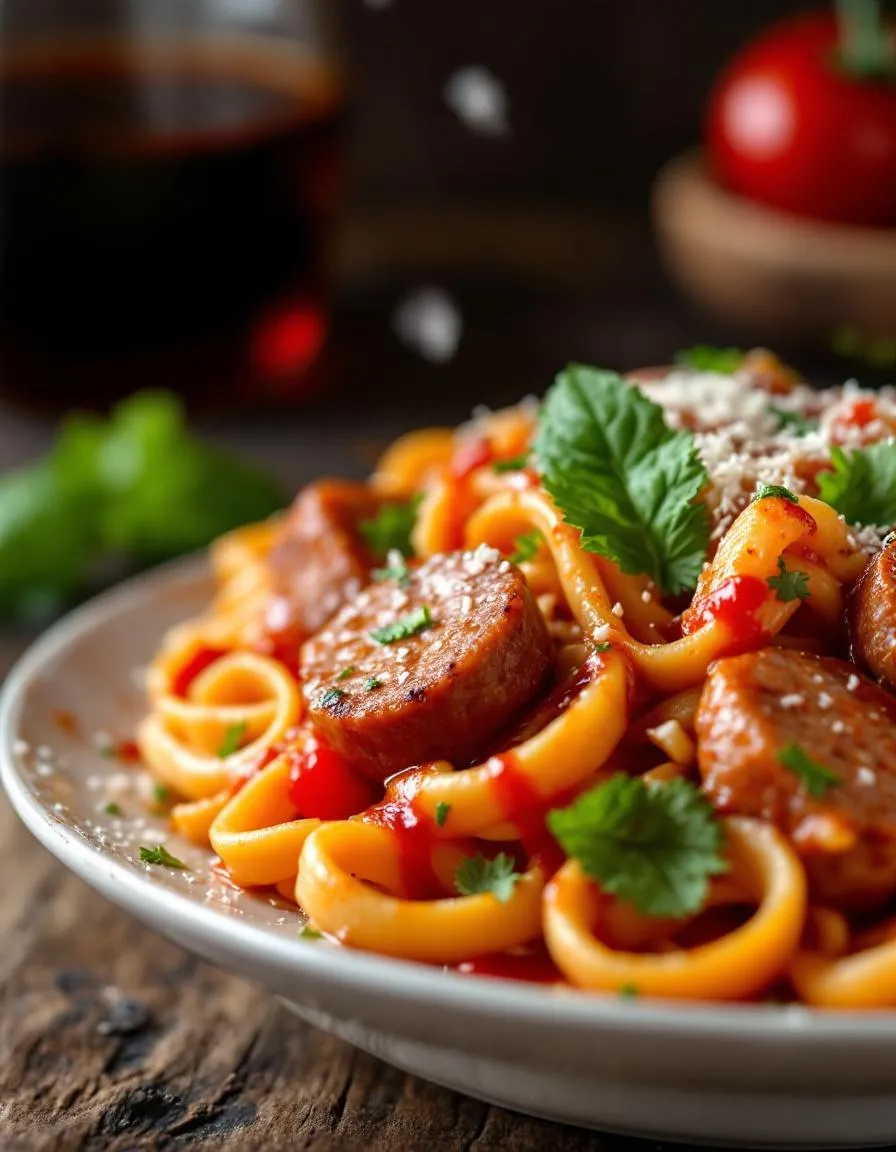
Tips for Success
Best practices for results
Always brown the Spicy Italian Sausage Pasta meat well before adding other ingredients, as this builds deep flavor. Meanwhile, reserve some pasta water to adjust sauce consistency later. Additionally, use high-quality crushed tomatoes for a rich, balanced sauce. Finally, toss the pasta directly in the skillet to coat every strand evenly.
Mistakes to avoid
Overcooking the pasta is a common issue, so check it two minutes early since it will finish cooking in the sauce. For extra guidance, review our pasta cooking guide. Another mistake is skipping the deglazing step after browning the sausage—scrape up those flavorful bits with wine or broth! If you need help balancing heat levels, our spice control tips will keep your dish perfectly zesty without overwhelming spice.
Serving and Pairing Suggestions
How to serve this dish
For a stunning presentation, serve Spicy Italian Sausage Pasta in wide, shallow bowls to showcase the vibrant sauce and chunky sausage. Meanwhile, garnish with fresh basil leaves or a sprinkle of grated Parmesan for a pop of color and extra flavor. This dish shines at casual gatherings, but it also makes a hearty centerpiece for weeknight dinners. If you’re hosting a crowd, consider pairing it with a crisp salad or crusty bread for a complete meal.
What goes well with it
A chilled glass of Pinot Grigio balances the heat in Spicy Italian Sausage Pasta perfectly, while its citrus notes cut through the richness. Alternatively, try a tangy Caesar salad for a refreshing contrast to the bold flavors. For a heartier option, serve it alongside garlic knots or our favorite focaccia bread, which soaks up the sauce beautifully. If you love Italian flavors, explore our creamy Tuscan chicken or classic bruschetta for a full-themed spread.
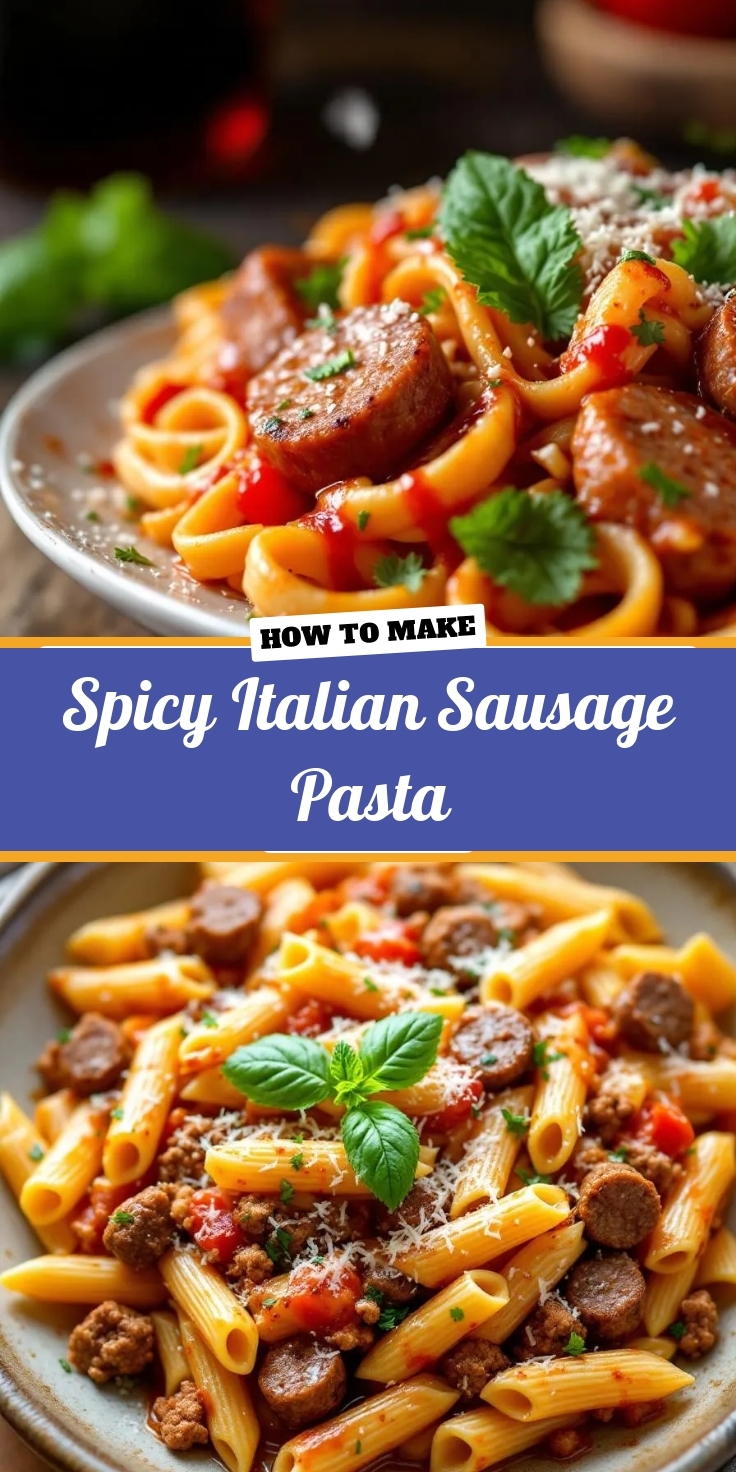
Short, sturdy pasta like penne, rigatoni, or fusilli works best for Spicy Italian Sausage Pasta because it holds the chunky sauce and sausage well. Avoid delicate noodles like angel hair, as they won’t stand up to the bold flavors and texture of the dish.
To tone down the heat in Spicy Italian Sausage Pasta, use mild Italian sausage instead of hot or add a splash of heavy cream to mellow the spice. You can also balance the heat with a sprinkle of Parmesan cheese or a side of garlic bread.
Yes! Spicy Italian Sausage Pasta reheats well—just store it in an airtight container for up to 3 days. Add a splash of broth or olive oil when reheating to refresh the texture, as pasta tends to absorb moisture over time.
Bell peppers, spinach, mushrooms, and zucchini pair perfectly with Spicy Italian Sausage Pasta. Sauté them with the sausage for extra flavor or roast them separately for a crispy contrast to the rich pasta dish.


